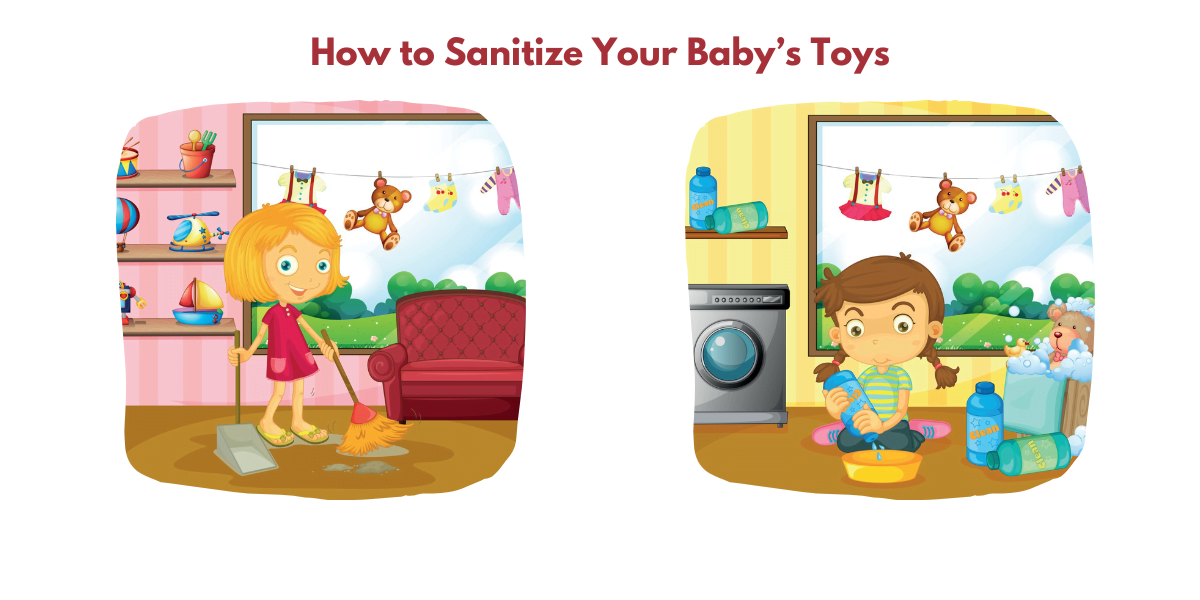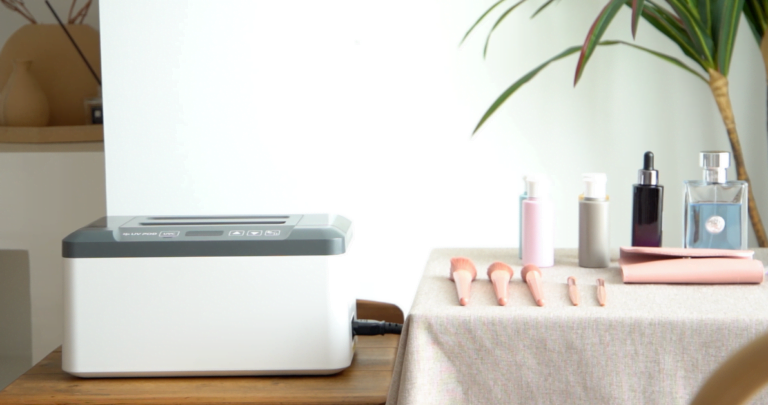Sanitation 101: Tips on How To Safely Clean Your Baby’s Toys
Tips on How To Safely Clean Your Baby’s Toys
Messes and germs come with the territory when you have kids. From blowout diapers to food disasters, there’s always something to be cleaned up. But don’t worry, we’ve got you covered. In this article, we will give you tips on safely cleaning your baby’s toys.
You may not think about it, but your baby’s toys are a major source of germs. During playdates, they travel in the car, go in their mouth, and get thrown around by their friends. That’s why it’s important to do away with germs to keep your baby healthy. In this article, you will learn how to clean baby toys safely and effectively.
In light of this, some baby experts have put together a few tips on cleaning your baby’s toys in an eco-friendly way. Firstly, you must know which toys can be machine-washed and which should be cleaned by hand. Secondly, use eco-friendly detergents when cleaning your child’s toys. Lastly, always air dry the toys to prevent the growth of bacteria.
Cleaning toys is a necessary evil. No one wants to do it, but it needs to be done if you want to keep your child healthy and safe. Luckily, it’s not difficult – you need to know how often to clean different types of toys and have the right supplies.
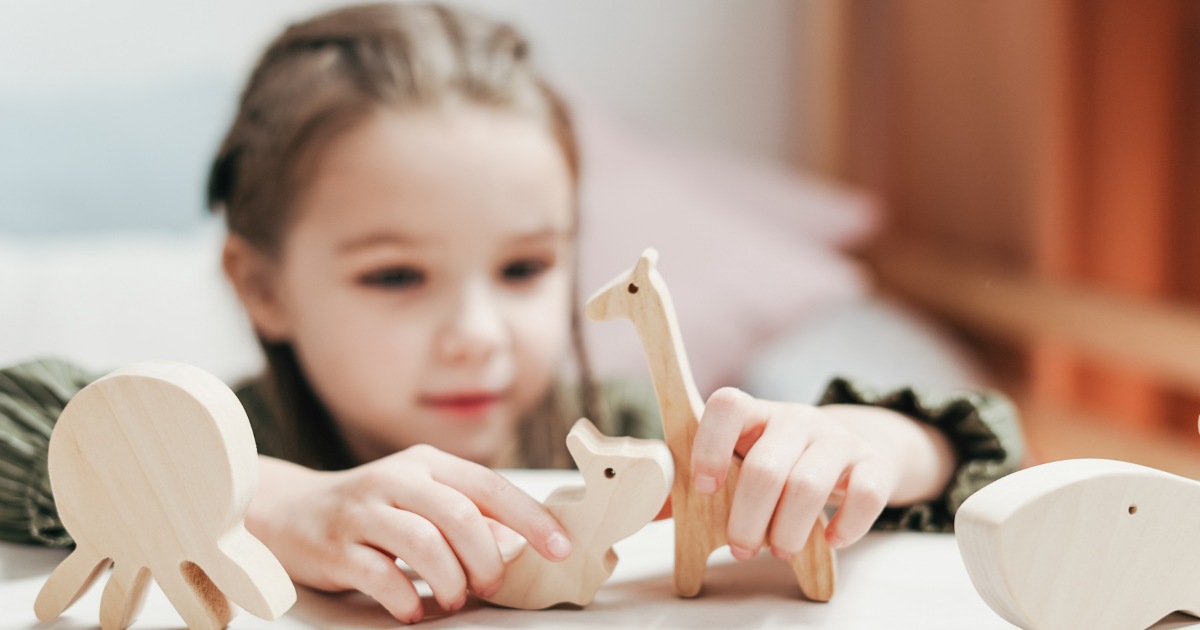
How often should I clean toys?
There is no one right answer to this question as it depends on various factors, including the type of toy, how often it is played with, and where it is stored. However, most experts generally recommend that plush toys be machine washed and dried at least once a month. Other types of toys can also be cleaned regularly but should be checked for any specific instructions the manufacturer provides.
In general, baby toys need to be cleaned more frequently than other toys. Babies often put these toys in their mouths, and germs can easily spread this way. For the most part, you should clean the baby’s toys every time they are played with.
Some parents may wonder how often they need to clean their child’s toys. Most toys only need a weekly wipe down with a sanitizing wipe. However, electronic toys should only be cleaned every week with a sanitizing wipe, as they can harbor bacteria if not cleaned correctly. All other toys should be cleaned weekly or as needed.
How to clean bath toys and plastic toys
When cleaning your baby’s toys, you want to make sure you’re doing it safely and effectively. So here are a few tips on how to clean bath toys and plastic toys:
To clean bath toys and plastic toys, start filling a bucket or sink with hot water and dish soap. Put the toys in the water and let them soak for a few minutes. Then, use a scrub brush to scrub them clean before rinsing thoroughly.
Rinse the toys well with clean water to remove any soap residue and suds. This will help prevent any irritation or infection on your baby’s delicate skin.
When your child is finished playing with a toy, rinse it off with warm water. This will help remove any bacteria or debris that may have been left on the toy. Next, check all crevices and cracks where dirt and bacteria can hide.
How to clean plush toys in the washer
When it comes to cleaning your child’s plush toys, there are a few things you should keep in mind. First and foremost, make sure that the toy is colorfast. This means that the colors will not run or bleed when washed. You can check this by submerging the toy in water and seeing if any colors change. If they do, it is not safe to clean in the washer. In addition, try to avoid washing toys with complex designs or embroidery as these may be damaged in the wash. Plain, stuffed animals and fabric books are typically safe to clean this way.
First and foremost, if your washing machine doesn’t come with a sanitizing cycle, you can still safely clean plush toys. Put them on the gentle or low-heat cycles and dry them in a pillowcase when they are done.
To clean plush toys in the washer, remember that waterproof toys should never be washed with water. If the toy has any electronic parts, take them out before putting them in the machine. You can use a mild detergent and cold water to wash the toy; make sure you air dry it afterwards.
First, use a hairdryer on the highest heat setting to fluff up the toy. Make sure to avoid the fabric and any electronic parts. If there is any dirt or dust stuck between the toy fibers, you can use a toothbrush to brush it out gently.
How to clean plush toys that can’t be washed
There are a few different ways to clean plush toys that can’t be put in the washing machine. For example, if the toy’s fabric bleeds when you blot the water with a paper towel, don’t let it go through a machine wash cycle. Instead, use a wet vacuum or spot-clean delicate stuffed toys that can only handle surface cleaning.
If you cannot wash the toy, you can try to remove any odors by using a garment steamer. Furthermore, you can eliminate bacteria, allergens, and dust mites by placing the toy in your washer and dryer. Then, use hot water and high heat to cleanse the toy completely.
In addition, vinegar is a great alternative to bleach. If you want to clean your plush toy but can’t wash it, run it on the delicate cycle in the washer and dryer with vinegar!
In addition, a quick and easy way to clean plush toys is by using vinegar. Vinegar can be used to clean almost anything- including a stuffed animal that has been exposed to dirt or fire smoke. For example, if you have a child who likes to play with plush toys, it is important to keep them clean. This will help reduce the number of bacteria accumulated on the toy over time.
How to clean electronic toys
When it comes to cleaning your baby’s toys, you should keep a few things in mind. First and foremost, most toys only require surface cleaning. This means that all you have to do is clean the toy with a cloth that has been dipped in warm, soapy water and then wrung out well before moving on to other components. You should also check the toy’s instructions to see if specific cleaning instructions need to be followed.
When it comes to cleaning electronic toys, you should keep a few things in mind. For sticky or difficult-to-clean areas, use a damp cloth and make an extra pass over the area for best results. If you need to disinfect the toy, you can use a disinfecting wipe, an alcohol wipe, or a cloth dipped in bleach.
When cleaning electronic toys, start by wetting the surface with a cloth. Once you’re done, let the toy air dry. If the toy is likely to end up in your child’s mouth, rinse it well and let it air dry again.
The Good Housekeeping Institute recently tested different ways to clean electronic toys and found that the most effective way is by using soap, water, and a wet cloth or paper towel. Additionally, other methods such as using disinfectant wipes or spraying cleaners directly on the toy can also kill COVID-19 germs.
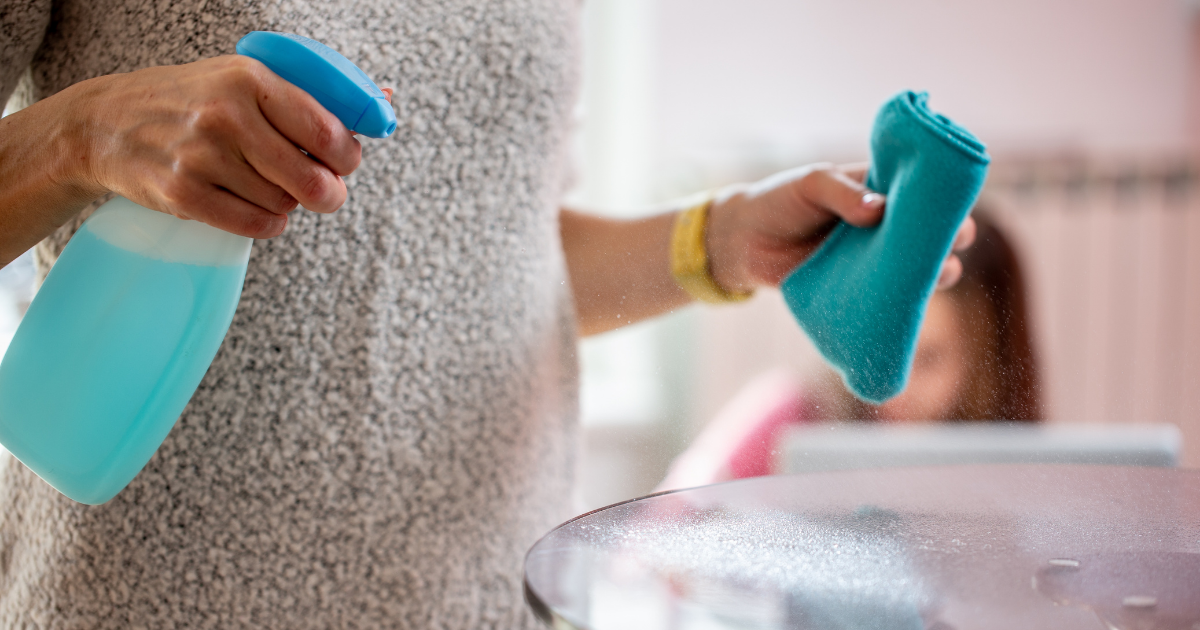
Cleaning vs. disinfecting: What’s the difference?
Cleaning and disinfecting are important for keeping your baby’s toys clean and safe. Cleaning is the process of physically removing dirt and grime from a surface. On the other hand, disinfecting kills germs, but it’s not 100% effective. Therefore, it’s important to combine cleaning and disinfecting to get the best results.
Although the terms are often used interchangeably, there is a difference between cleaning and disinfecting. Cleaning is the process of physically removing germs and dirt from a surface. On the other hand, disinfecting is using chemicals like bleach to kill germs.
There are two ways to clean your baby’s toys- disinfecting or cleaning. Disinfecting is for when the toy has been out of the house, such as if it was taken to a friend’s house or shared. Cleaning means just cleaning up after yourself, like when using a public restroom.
Disinfecting is the process of killing all of the germs on a surface. This is usually done with harsh chemicals that can be harmful to people and pets if not handled properly. On the other hand, cleaning means removing dirt, dust, and debris from a surface. Therefore, it is important to clean baby toys before disinfecting them to remove any potential irritants.
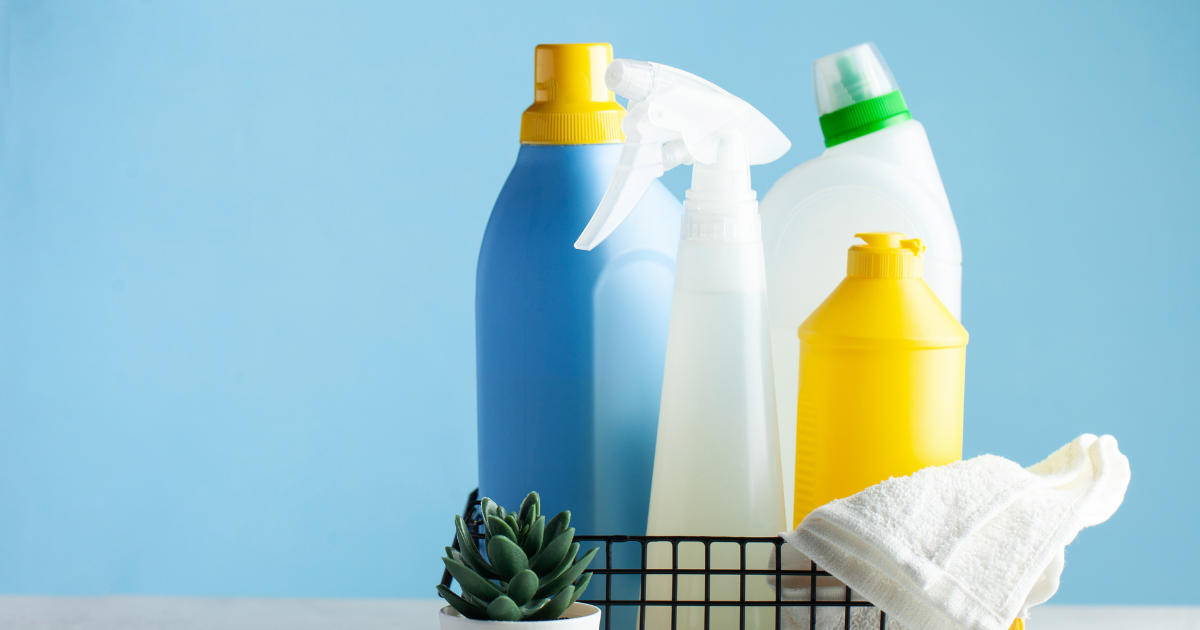
What can I clean my baby’s toys with?
It is important to clean all of your kid’s toys every week. This will help keep your household healthy and free of germs. There are various ways to clean different types of toys, but the best way to ensure that they are germ-free is to use hot water and soap.
The best way to clean your baby’s toys is with a disinfectant. It is effective against bacteria, including Pseudomonas aeruginosa, Staphylococcus aureus, and Salmonella enterica. Additionally, it is effective against viruses, including Human Coronavirus, Influenza A H1N1, and Respiratory Syncytial Virus.
You can clean your baby’s toys with several household cleaners but read the label first. Unfortunately, many of these cleaners will not provide 24-hour residual virus protection, so you may consider using a sanitizer or disinfectant.
Soap and water
Toys can be easily cleaned in the sink using dish soap and warm water. However, you should avoid getting water into any openings on the toy where batteries are housed, as this could cause damage. Also, if a toy has lights or sounds activated by battery power, it is best to clean it with a damp cloth rather than putting it in the sink.
You can clean most baby toys with paraben free soap and water. Just be sure never to submerge or place toys plugged in or have a battery inside them; this will cause shorts and damage the toy. Cleaning with water and soap is a good way to clean toys that can’t go in the dishwasher or boil.
You can clean your baby’s toys with soap and water by using your fingers to scrub the toy, then rinse it off with fresh water. For stuffed animals or rubber toys, dry them off before putting them away. If there are any cracks or small spaces in the toy, use a cloth to clean it and then use fresh water to wipe down soapy spots or soak the toy in plain water for cleaning purposes only.
You can clean your baby’s toys with a mixture of alcohol and water. The alcohol-water solution will disinfect the toy and should be left on for a minute before rinsing with clear water.
Dishwasher
Dishwashers are a convenient way to clean dishes, but there are a few things you should keep in mind. First, not all toys are dishwasher safe- check the labels. Second, not everything will come out perfectly clean in the dishwasher- particularly plastics and metals. Finally, large items may not fit well in some dishwashers, so you may have to wash them by hand.
You can place infant rattles, plastic blocks, large plastic pegs, and some bath toys on the top rack of your dishwasher. The dishwasher is a great way to clean certain bath toys as it will help remove any bacteria or residue that may be left behind.
If your child’s hard plastic toys (ones without batteries or electrical cords) need a good cleaning, you can usually put them in the dishwasher. Just check the toy’s instructions to see if that’s okay. And don’t forget to take out any small pieces that could be a choking hazard!
Environmentally friendly surface cleaners
Environmentally friendly surface cleaners are a great choice to clean your surfaces without harming the environment. These cleaners are made with all-natural ingredients, so they are safe for both you and your child to use. They also work well at removing dirt and grime from surfaces, so your child’s toys will be clean and sparkling in no time.
There are several environmentally friendly surface cleaners that you can use to clean your child’s toys. One popular option is vinegar. Vinegar is a natural disinfectant and degreaser, perfect for cleaning dirty toys. Another great option is baking soda. Baking soda is gentle yet effective at removing dirt and stains from surfaces. It also helps to neutralize odors, so your child’s toys will smell fresh and clean.
UVC sanitizer
Microbes are tiny organisms that can be found all around us. They come in many different shapes and sizes, and some are more harmful than others. Toys can often be a breeding ground for bacteria, as 9% of it can be found on them.
You can clean your baby’s toys with soap and water or use a mild bleach solution to kill the bacteria. Toys that can’t be easily cleaned with soap and water should be disinfected with a UVC sanitizer.
Surface wipes
Surface wipes are a great way to clean plastic toys quickly and easily. They disinfect the toy and leave it looking and smelling fresh. For children who put items in their mouths, special pacifier cleansers kill bacteria and remove all traces of saliva.
You can clean your baby’s toys using a multi-surface wipe or another cleaning solution as long as the toy manufacturer approves it. For example, if you have a rubber ducky made of silicone, you can use a vinegar and water mixture to clean it; but do not submerge it in the solution.
- New COVID Symptoms: How to avoid all coronavirus variants using UV sanitation methods - December 23, 2022
- Sanitation 101: Tips on How To Safely Clean Your Baby’s Toys - August 26, 2022

